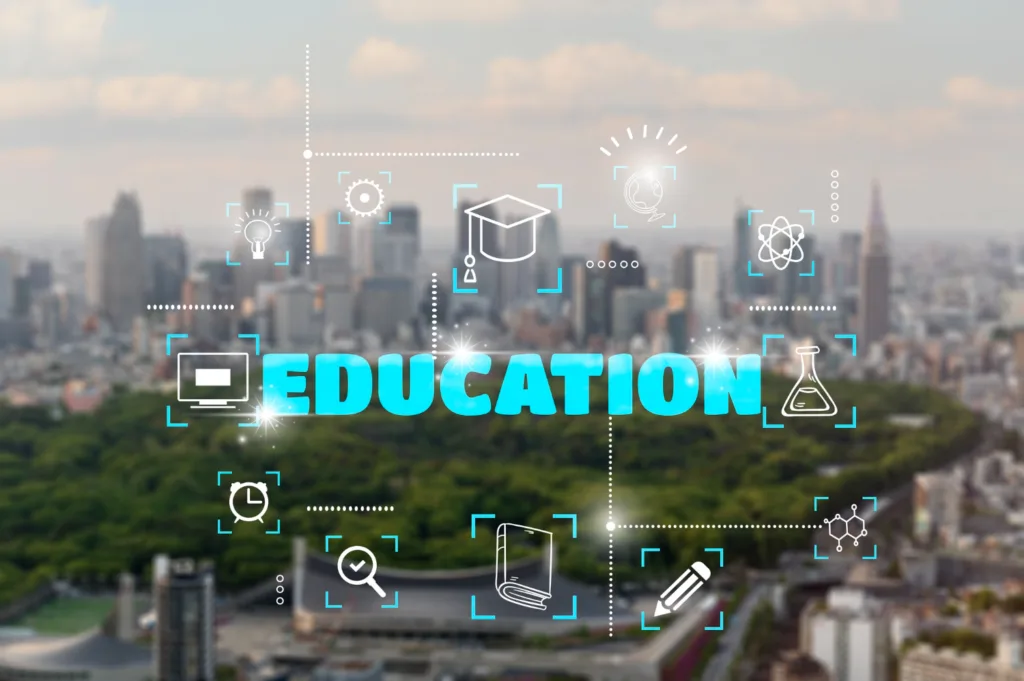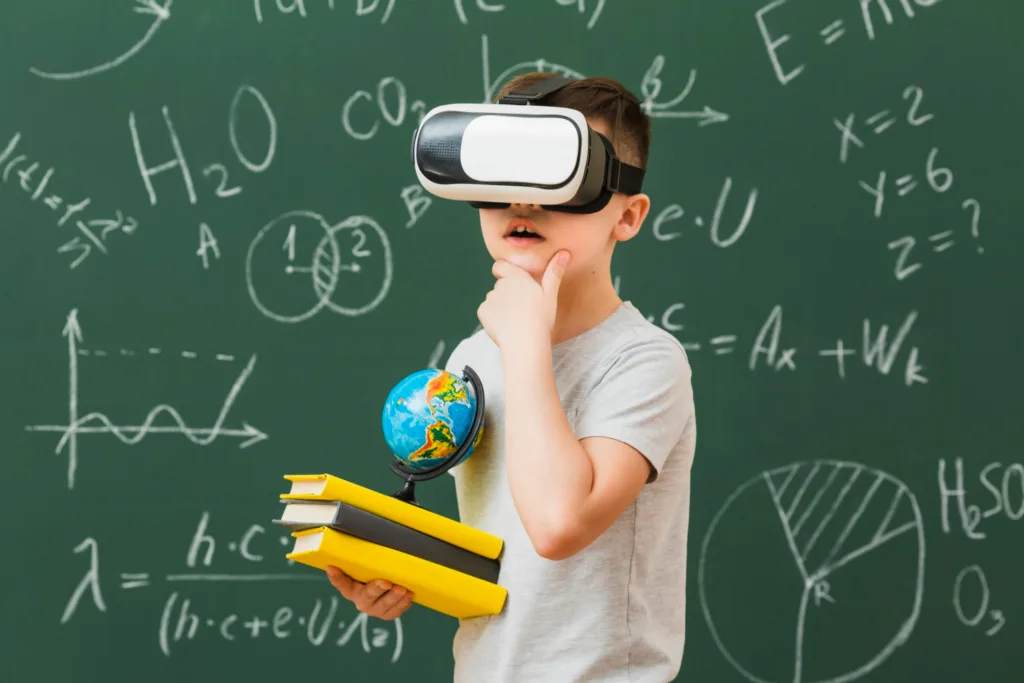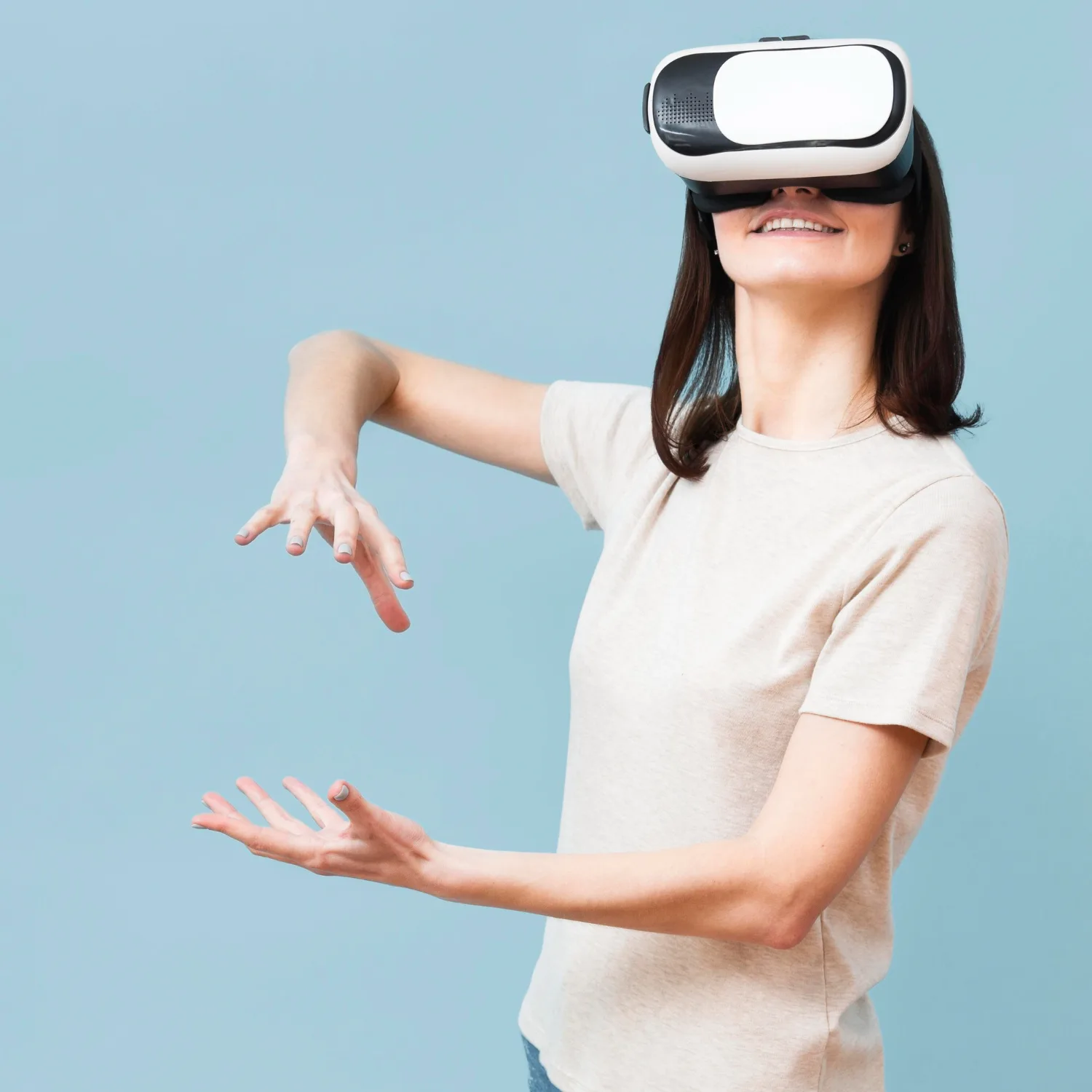
The Future of Education
Table of Contents
Introduction
The future of education is an exciting journey, marked by innovation and adaptation. In a rapidly changing world, education is not exempt from transformation. This comprehensive article delves into the trends and innovations that are redefining how we learn, from personalized education to the integration of technology. Join us on this exploration of the educational landscape, where the possibilities are endless.
Personalized Learning: Tailoring Education to Every Student
In the quest for a more effective educational system, personalized learning takes center stage. This approach recognizes that each student is unique, with individual needs, strengths, and learning styles. Here are some key aspects of personalized learning:
Adaptive Learning Platforms
Adaptive learning platforms utilize artificial intelligence to tailor lessons to each student’s abilities. By analyzing a student’s performance and adjusting the curriculum accordingly, these platforms ensure that students receive the right level of challenge and support.
Student-Centered Classrooms
The shift towards student-centered classrooms encourages active participation, critical thinking, and problem-solving. Teachers act as facilitators, guiding students in exploring topics they are passionate about, fostering a love for learning.
Personal Learning Plans
Every student benefits from a personalized learning plan that sets clear goals and adapts to their progress. These plans provide a roadmap for both students and educators, enhancing accountability and motivation.
Technology in Education: The Digital Revolution
Technology’s role in education has expanded exponentially, revolutionizing the way we acquire knowledge:
Online Learning Platforms
The rise of online learning platforms offers flexibility and accessibility. Whether it’s a full online degree program or a single course, learners can access quality education from anywhere in the world.
Virtual Reality (VR) and Augmented Reality (AR)
Immersive technologies like VR and AR bring subjects to life. Science classes can explore the human body in 3D, history lessons can transport students to ancient civilizations, and language learning can be a full sensory experience.
Gamification
Gamification introduces game elements into the learning process, making it engaging and fun. Students earn points, badges, and rewards, fostering competition and motivation.
Global Collaboration: Breaking Down Borders
In the future of education, geography will no longer limit learning opportunities:
International Partnerships
Educational institutions are forging partnerships across borders, allowing students to collaborate on projects and gain diverse perspectives.
Cultural Exchange Programs
Virtual cultural exchange programs enable students to connect with peers from different countries, fostering cultural understanding and global awareness.
Language Learning Through Immersion
Language immersion programs, facilitated by video conferencing and virtual exchanges, provide an authentic learning experience that transcends borders.
Preparing for the Future Workforce
As the job market evolves, education must keep pace:
Focus on STEM (Science, Technology, Engineering, and Mathematics)
STEM education prepares students for the tech-driven future. It equips them with problem-solving skills and a strong foundation in science and mathematics.
Soft Skills Development
In addition to technical skills, soft skills such as communication, creativity, and adaptability are highly valued in the workplace. Educational programs are placing greater emphasis on nurturing these skills.
Lifelong Learning
The future workforce will require continuous learning to stay relevant. Educational institutions are adapting by offering lifelong learning opportunities, ensuring that individuals can upskill and reskill throughout their careers.
Frequently Asked Questions
Q: How is personalized learning different from traditional teaching methods?
A: Personalized learning tailors education to individual students, adapting to their unique needs and preferences. Traditional teaching methods follow a one-size-fits-all approach.
Q: What are the advantages of online learning platforms?
A: Online learning offers flexibility, allowing students to study at their own pace and from anywhere. It also provides access to a wide range of courses and resources.
Q: How can schools afford to implement advanced technologies like VR and AR?
A: Some institutions seek funding through grants or partnerships with tech companies. Additionally, the long-term benefits, such as improved student engagement, often outweigh the initial costs.
Q: Are soft skills really essential in the workforce?
A: Yes, soft skills like communication, teamwork, and adaptability are crucial for success in the modern workplace. They complement technical skills and enhance overall employability.
Q: What is the role of governments in shaping the future of education?
A: Governments play a vital role in funding, regulating, and promoting innovation in education. They can create policies that support personalized learning and technological integration.
Q: How can students prepare themselves for the future job market?
A: Students should focus on acquiring both technical and soft skills, embrace lifelong learning, and stay adaptable to industry changes.
Conclusion
The future of education is a dynamic landscape, characterized by personalized learning, technological integration, global collaboration, and a focus on preparing students for the ever-evolving workforce. As we embrace these trends and innovations, education becomes more inclusive, flexible, and tailored to the needs of individual learners. The possibilities are limitless, and the journey promises to be both exciting and transformative.


1 thought on “Unlocking the Future of Education: 12 Trends That Will Transform Learning”